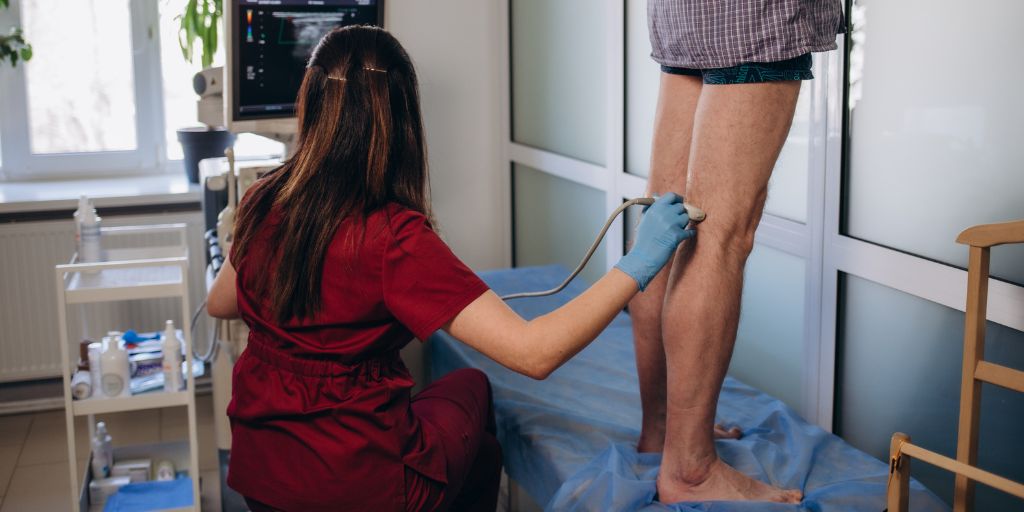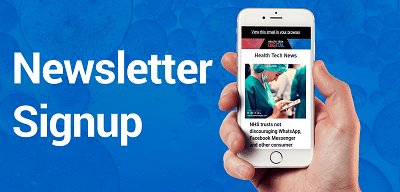
Do you ever feel like your body’s telling you to get up, get moving, and just breathe? Turns out, your circulatory system might be making that call! Hiking isn’t just an outdoor adventure; it’s like therapy for your veins and arteries. Let’s explore how hitting the trails can give your circulation the boost it needs while keeping you energized and stress-free.
What is the circulatory system?
Your circulatory system is like your body’s personal delivery service. It transports oxygen, nutrients, and even hormones to every cell while also carrying away waste. It’s powered by your heart and a vast network of arteries and veins. Think of it as a highway system—traffic jams (like clots or poor blood flow) can cause big problems!
Common circulatory health issues
Poor circulation can lead to conditions like varicose veins, high blood pressure, and heart disease. It’s a silent struggle that many people don’t notice until symptoms pop up. Swollen legs, fatigue, or cold hands? That’s your body waving a red flag. Visit aDeer Park Vein Specialist to get a Professional Opinion.
Why is good circulation important?
Good blood flow keeps everything running smoothly—kind of like oil in an engine. It ensures your organs, muscles, and brain get the fuel they need to work efficiently. And guess what? Hiking is one of the easiest ways to give your circulation a natural boost.
The Connection Between Hiking and Circulatory Health
When it comes to staying healthy, we all know physical activity is important. But did you know that hiking, specifically, offers unique benefits for your circulatory system? Let’s break down how hiking supports blood flow and why it stands out from other exercises.
How physical activity improves blood flow
Every time you move, your muscles contract and help push blood through your veins and back to your heart. Hiking involves steady, sustained movement, which promotes better circulation and prevents blood from pooling in legs. This natural boost in blood flow can reduce the risk of issues like swelling and poor circulation over time.
Hiking versus other forms of exercise
What makes hiking different? Unlike high-impact activities like running, hiking is easier on your joints while still providingexcellent cardiovascular benefits. Plus, the varied terrain challenges your body in ways that flat surfaces like treadmills can’t. You’re not just walking—you’re climbing, balancing, and engaging different muscle groups, all of which help support healthy circulation.
The science behind hiking’s impact on veins and arteries
Research has shown that moderate physical activities like hiking improve the elasticity of your blood vessels. This means your arteries and veins are better able to expand and contract, which helps regulate blood pressure and maintain overall cardiovascular health. Hiking also reduces inflammation in blood vessels, making it a great option for long-term circulatory health.
Physical Benefits of Hiking for Circulation
Hiking isn’t just a relaxing outdoor activity—it’s also a fantastic way to take care of your body, especially your circulatory system. Let’s explore how hitting the trails helps your circulation and supports your overall health.
Strengthens your heart and Improves blood flow in the legs
When you hike, your heart has to work harder to pump blood through your body. This strengthens your heart muscle, improves its efficiency, and helps decrease the risk of cardiovascular diseases. A stronger heart means better circulation and overall health benefits.
Hiking involves constant movement, which promotes better blood flow, especially in your lower body. The uphill climbs and varied terrain engage your calf muscles, which act as natural pumps to keep blood moving back toward your heart, reducing the chance of swelling or blood pooling.
Supports good blood pressure and Reduces the risk of vein-related issues
Hiking regularly can help lower blood pressure by improving the elasticity of blood veins and reducing strain on your heart. Consistent activity encourages smoother blood flow, which can help you maintain ahealthy cardiovascular system.
By keeping blood flowing efficiently, hiking can help lower the risk of developing vein-related problems like varicose veins or deep vein thrombosis (DVT). Regular movement on the trails is a simple yet effective way to keep your veins in top shape.
Hiking and Mental Well-being: A Hidden Circulatory Boost
We often think abouthiking as a way to clear our minds or reduce stress, but did you know it can also positively affect your circulatory system? Let’s take a closer look at how improving your mental well-being through hiking can benefit your circulation.
Stress reduction improves circulation
Stress takes a toll on your body, including your circulatory system. When you’re stressed, your blood vessels constrict, and your blood pressure can rise. Hiking in a peaceful natural setting helps lower stress levels, which in turn promotes better blood flow and reduces strain on your heart.
Physical activity like hiking releases endorphins, your body’s feel-good hormones. These hormones not only improve your mood but also enhance circulation by helping your heart pump blood more efficiently and reducing inflammation in your blood vessels.
Mind-body connection strengthens overall health
Hiking combines physical activity with mental relaxation, creating a powerful synergy for your overall well-being. Feeling calm and focused helps regulate your body’s processes, including heart rate and blood pressure, which are essential for healthy circulation.
Safety Considerations for Hiking
Hiking is a great way to stay active and improve your circulation, but it’s important to approach it safely. Whether you’re a beginner or a seasoned hiker, keeping a few precautions in mind can make your experience enjoyable and risk-free.
– Stay hydrated.Proper hydration is key to maintaining good circulation and preventing fatigue. Carry plenty of water and sip consistently throughout your hike, especially on warmer days or longer trails.
– Wear supportive footwear. The right footwear isn’t just about comfort—it’s also crucial for your safety. Choose hiking boots or shoes that provide support for your ankles and proper cushioning for your feet to prevent injuries or strain.
– Pace yourself. Overexertion can strain your body and elevate your heart rate too much. Start with trails that fit your fitness level and progressively build up to more difficult ones. Listen to your body and take breaks when needed.
– Be mindful of weather conditions. Verify the weather forecast before heading out and prepare accordingly. Carry extra layers, sunscreen, or rain gear depending on the conditions, as extreme weather can affect your safety and physical performance.
– Let someone know your plans. If you’re hiking alone, inform a friend or family member about your path and expected return time. This safeguards someone who knows where you are in case of an emergency.
Conclusion
Hiking isn’t just a walk in the park—it’s a powerful tool for boosting your circulatory health. From strengthening your heart to calming your mind, it checks all the boxes for a healthier, happier you. So, go get your boots, hit the trails, and let nature take care of the rest. Your body (and your veins) will thank you!












